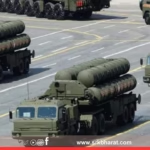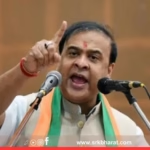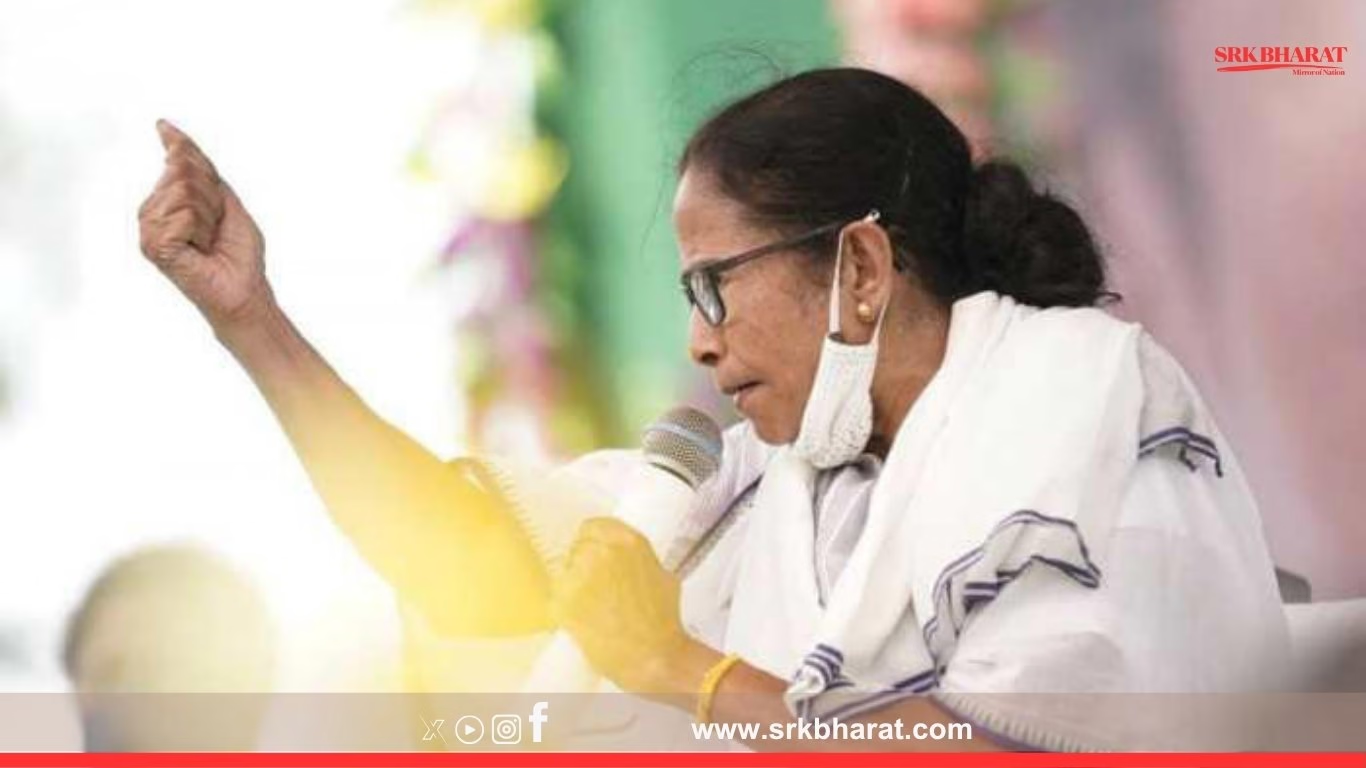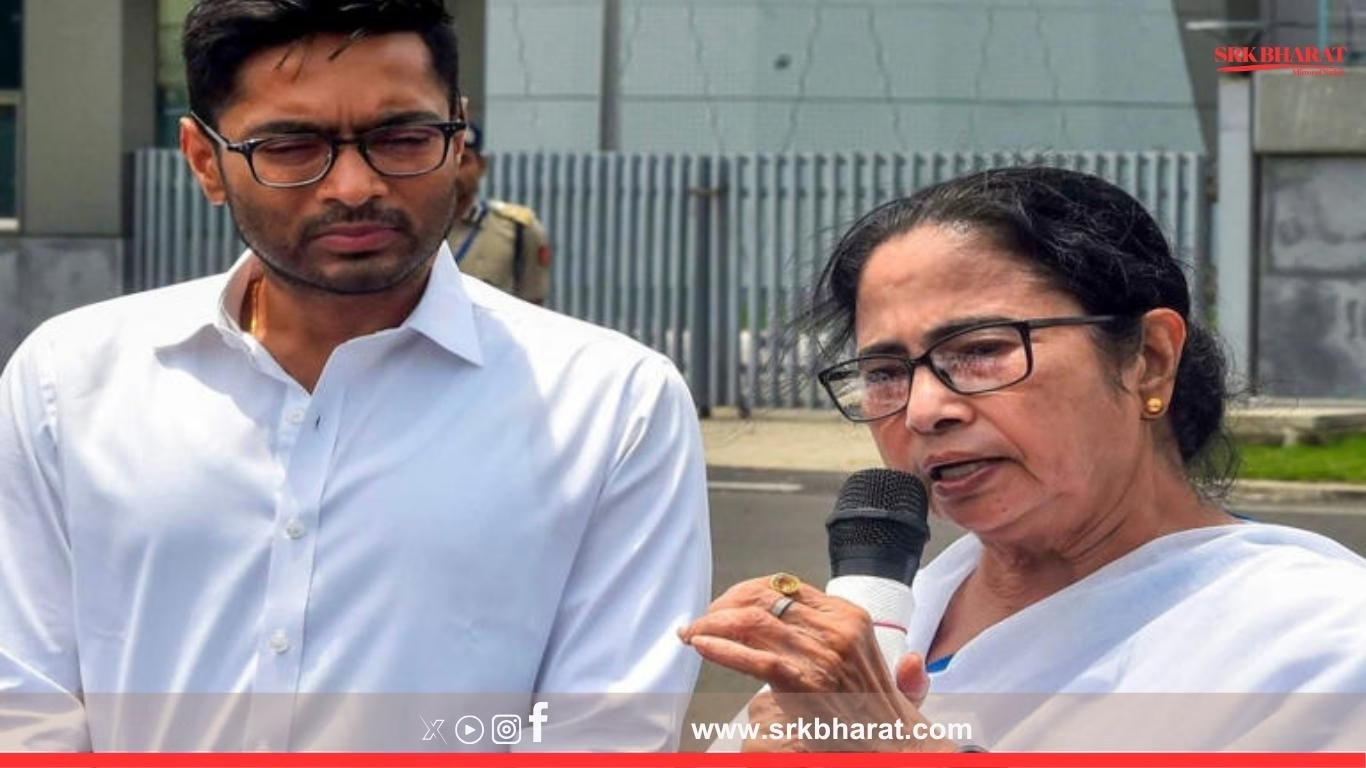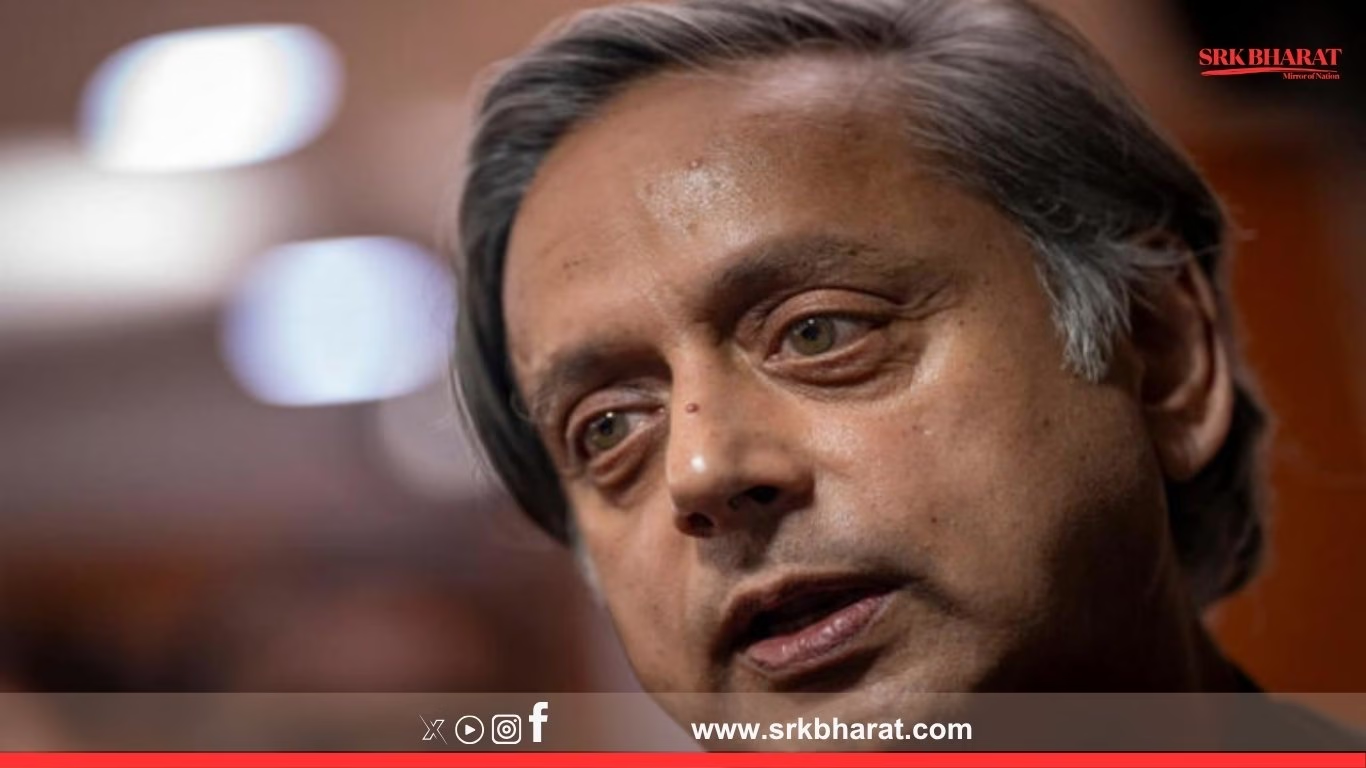As the July 9 deadline to avert retaliatory US tariffs looms, India has signaled strong interest in finalizing a comprehensive trade agreement with the United States, with Finance Minister Nirmala Sitharaman stating that the country would “love to have a big, good, beautiful one.” However, she emphasized that agriculture and dairy remain non-negotiable red lines, underscoring India’s commitment to protecting its domestic interests even as it seeks deeper economic ties with the world’s largest economy.
📌 Key Highlights
| Parameter | Details |
|---|---|
| Statement by | Finance Minister Nirmala Sitharaman |
| Context | Ongoing India-US trade negotiations |
| US Deadline | July 9, 2025 (to avoid punitive tariffs) |
| India’s Position | Open to broad trade pact, with red lines on agriculture |
| Strategic Goal | Align with Viksit Bharat 2047 vision |
| Sensitive Sectors | Agriculture, dairy, livestock |
🗣️ “Big, Good, Beautiful” Deal: India’s Trade Ambition
In an interview with The Financial Express, Sitharaman responded to US President Donald Trump’s recent remarks about a potential bilateral trade agreement that would “open up” Indian markets to American goods. Echoing his language, she said:
“Yes, we would love to have an agreement, a big, good, beautiful one; why not?”
She added that India is at a critical juncture in its economic journey and that early trade agreements with strong economies like the US would serve the country’s long-term growth goals, particularly its ambition to become a developed nation by 2047.
🧭 India’s Red Lines: Agriculture and Dairy
Despite its enthusiasm for a trade pact, India has made it clear that certain sectors are off-limits. Sitharaman emphasized that agriculture and dairy are “very big red lines”, and that the government has exercised a high degree of caution in these areas during the bilateral trade agreement (BTA) talks.
These sectors are critical to the livelihoods of millions of Indian farmers and livestock breeders, and any perceived threat from foreign competition could have significant political and economic repercussions.
🔁 India-US Trade Talks Snapshot
| Issue Area | India’s Position | US Expectations |
|---|---|---|
| Agriculture | Non-negotiable red line | Greater market access for US products |
| Dairy | Protected sector | Entry for US dairy and poultry |
| Digital Trade | Open to discussion | Push for liberal data flow and IP norms |
| Tariffs | Willing to negotiate selectively | Reduction in duties on tech and goods |
| Services | Seeking mobility and visa liberalization | Limited concessions expected |
🌍 Strategic Context: Why the Deal Matters
The renewed push for a trade pact comes amid rising global protectionism, supply chain realignments, and geopolitical shifts. For India, a deal with the US could:
- Boost exports and attract investment
- Enhance technology transfer and innovation
- Strengthen strategic alignment with Washington
- Reduce dependence on China-centric supply chains
For the US, India represents a fast-growing consumer market, a strategic counterweight to China, and a key partner in Indo-Pacific security frameworks.
🏛️ Domestic Politics and Economic Reforms
Sitharaman’s remarks also come at a time when the Indian government is preparing to roll out second-generation economic reforms, including:
- Rationalization of Goods and Services Tax (GST) slabs
- Boosting private investment in nuclear energy
- Supporting merchandise exports through tax neutralization
- Advancing labour code implementation across states
These reforms are aimed at enhancing India’s competitiveness and making it a more attractive destination for global trade and investment.
📊 India-US Trade Snapshot
| Metric | Value (FY24) |
|---|---|
| Bilateral Trade Volume | $191 billion |
| India’s Exports to US | $118 billion |
| India’s Imports from US | $73 billion |
| US Rank in India’s Trade | 1st (Top trading partner) |
| Key Indian Exports | Pharma, textiles, gems, software |
| Key US Exports to India | Oil, aircraft, electronics |
🧠 Expert Views: Balancing Opportunity and Caution
Trade experts believe that while a deal with the US could unlock significant economic benefits, India must tread carefully to avoid compromising its food security, rural employment, and regulatory autonomy.
“India’s cautious approach on agriculture and dairy is justified. These are politically sensitive sectors with deep socio-economic implications,” said a senior trade analyst.
At the same time, there is growing consensus that India must not miss the window to secure favorable terms while the US is actively seeking to diversify its trade partnerships.
📌 SEO Keywords
India US trade deal 2025, Nirmala Sitharaman trade pact, India agriculture red lines, India dairy sector trade talks, India US bilateral trade agreement, Viksit Bharat 2047 trade policy, India US tariff deadline July 9, India US economic relations, India trade negotiations 2025, India US market access issues



